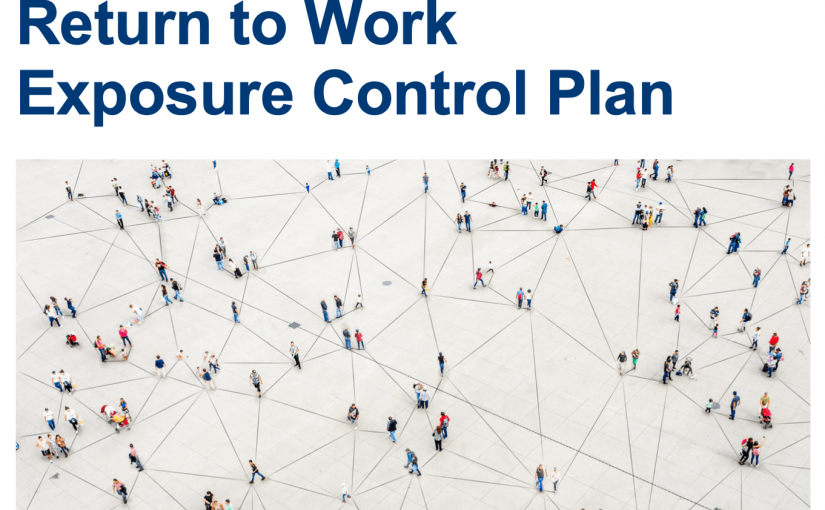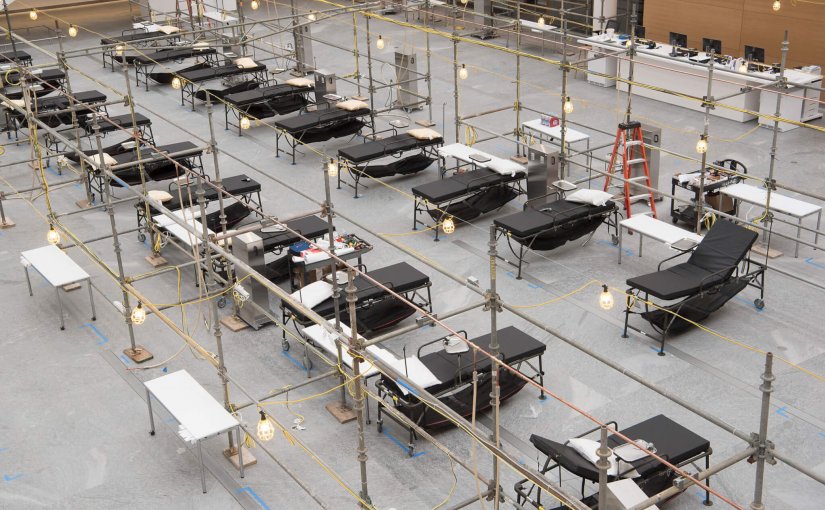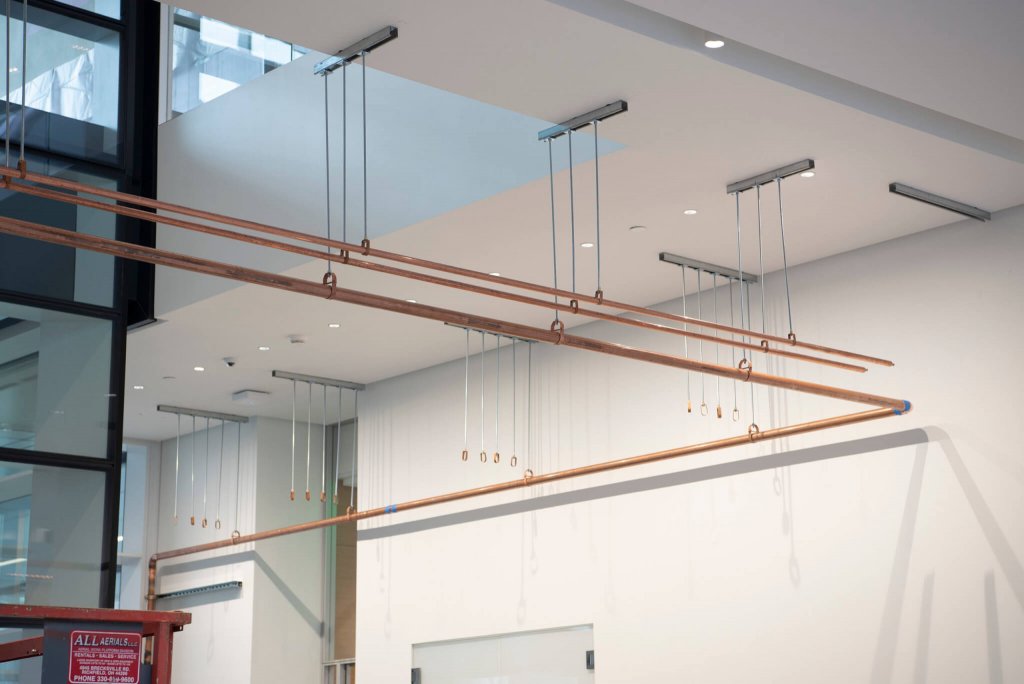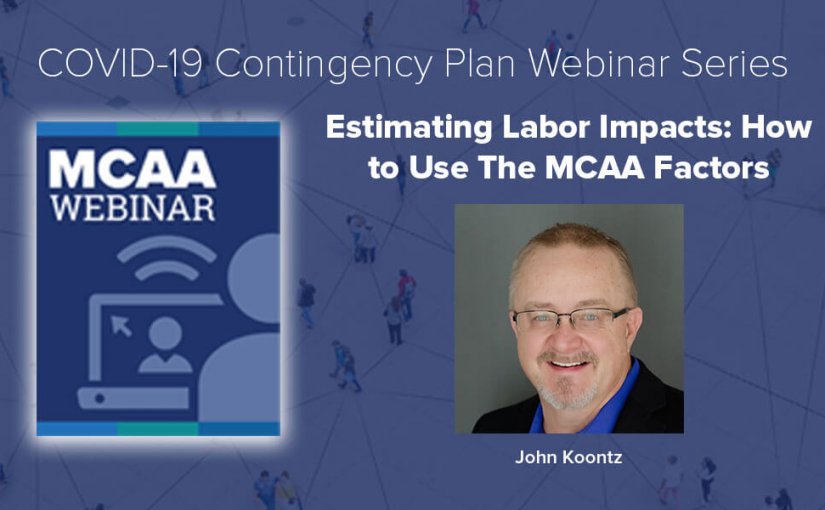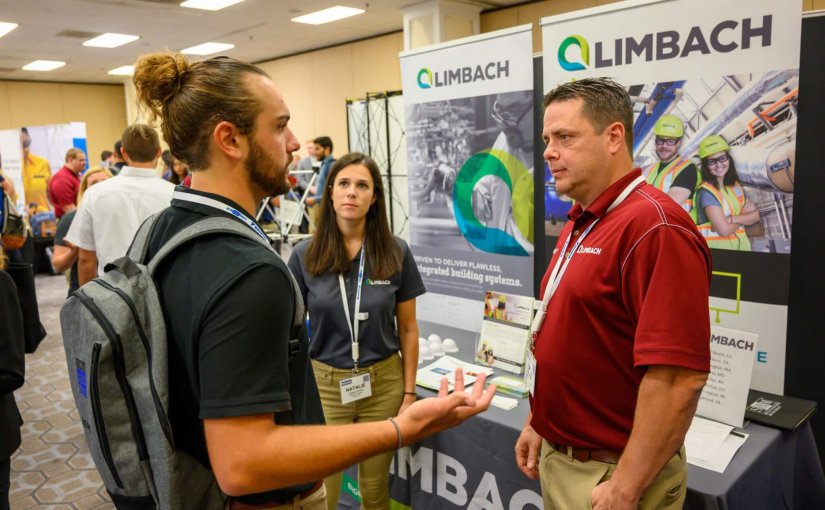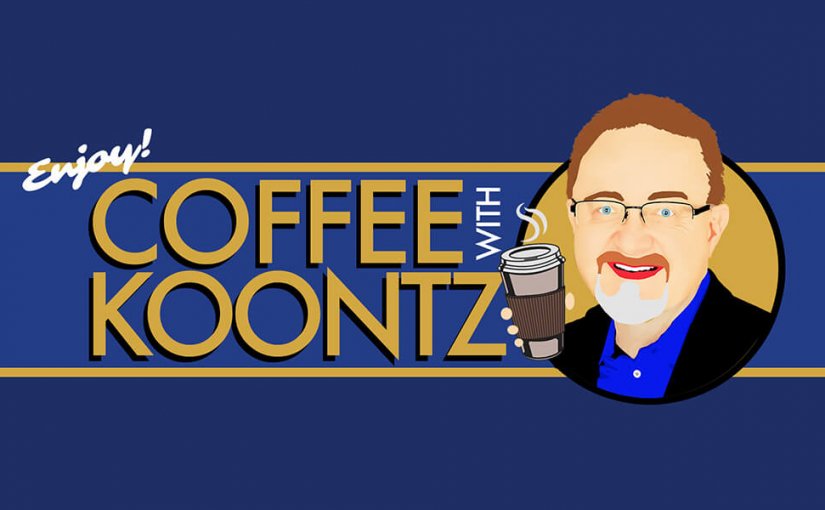Withum COVID-19 Bill Update – 6/9/2020
60/40 “Cliff” Rule Addressed: As we previously noted, the PPP Flexibility Act. changed the 75%/25% rule to a 60%/40% rule, allowing companies to realize a greater benefit from the non-payroll costs they incurred during their covered period. However, the law seemed to introduce a “cliff” effect whereby a borrower would not obtain ANY loan forgiveness if they did not spend at least 60% of their forgivable expenses on payroll. A joint statement made by Mnuchin and the Treasury today has clarified that this is not the intent. As noted below, it appears the intent is for the mechanics of this ratio to work in a similar way to the previous rule, meaning that non-payroll costs cannot exceed 40% of the total amount of forgiven costs, thus there is not a scenario where there will be no forgiveness on amounts spent if you do not reach a certain spend on payroll. Borrowers just need to understand that increasing spend on payroll increases the non-payroll costs that will be eligible for forgiveness. This is obviously a welcomed clarification for borrowers.
Lower the requirements that 75 percent of a borrower’s loan proceeds must be used for payroll costs and that 75 percent of the loan forgiveness amount must have been spent on payroll costs during the 24-week loan forgiveness covered period to 60 percent for each of these requirements. If a borrower uses less than 60 percent of the loan amount for payroll costs during the forgiveness covered period, the borrower will continue to be eligible for partial loan forgiveness, subject to at least 60 percent of the loan forgiveness amount having been used for payroll costs.
Reminder Section: (what should I be doing):
- Call your payroll company about claiming the payroll tax deferrals and employee retention credits that were made available in the CARES Act.
- Talk to your payroll company about the Sick Pay Bill (passed prior to the CARE Bill).
- Consider speaking with your bank to discuss changes to terms of existing debt facilities. The banking system remains strong.
- If you have already applied for the PPP, start forecasting how you intend to spend the funds and how to qualify for the highest amount of forgiveness possible.





